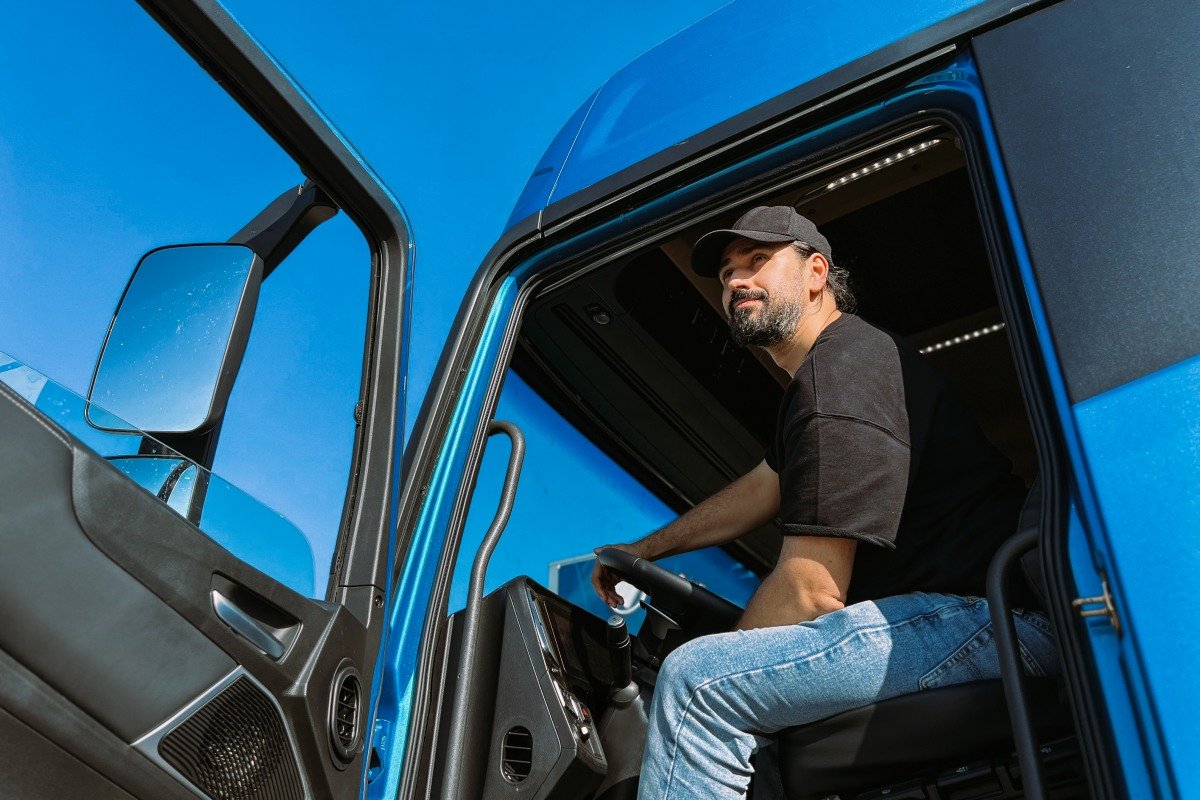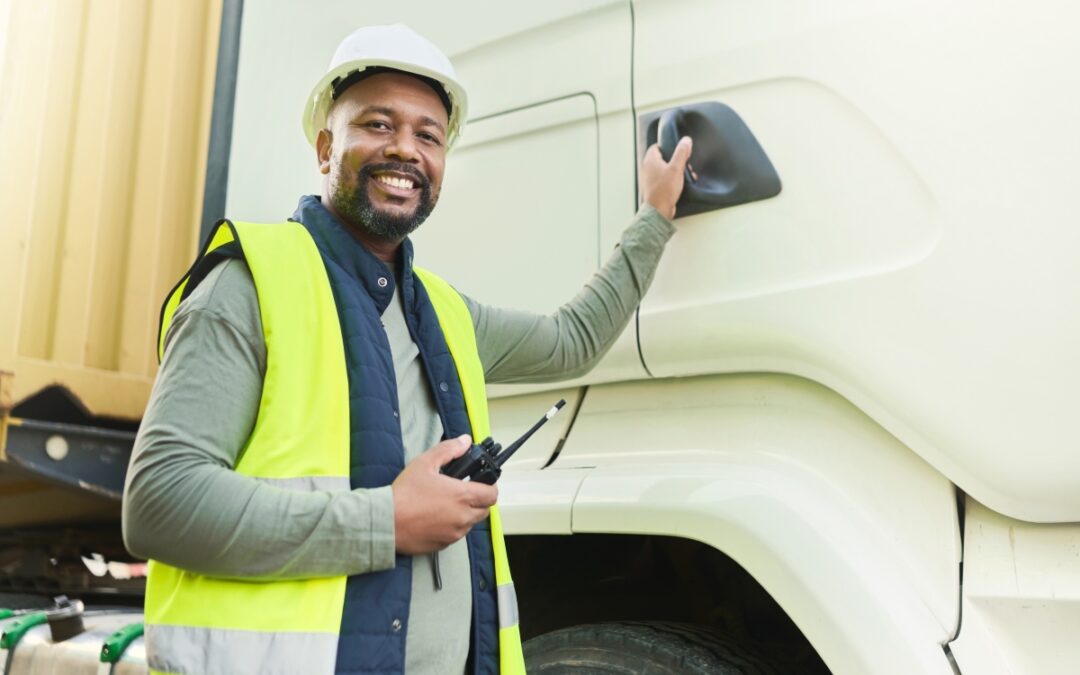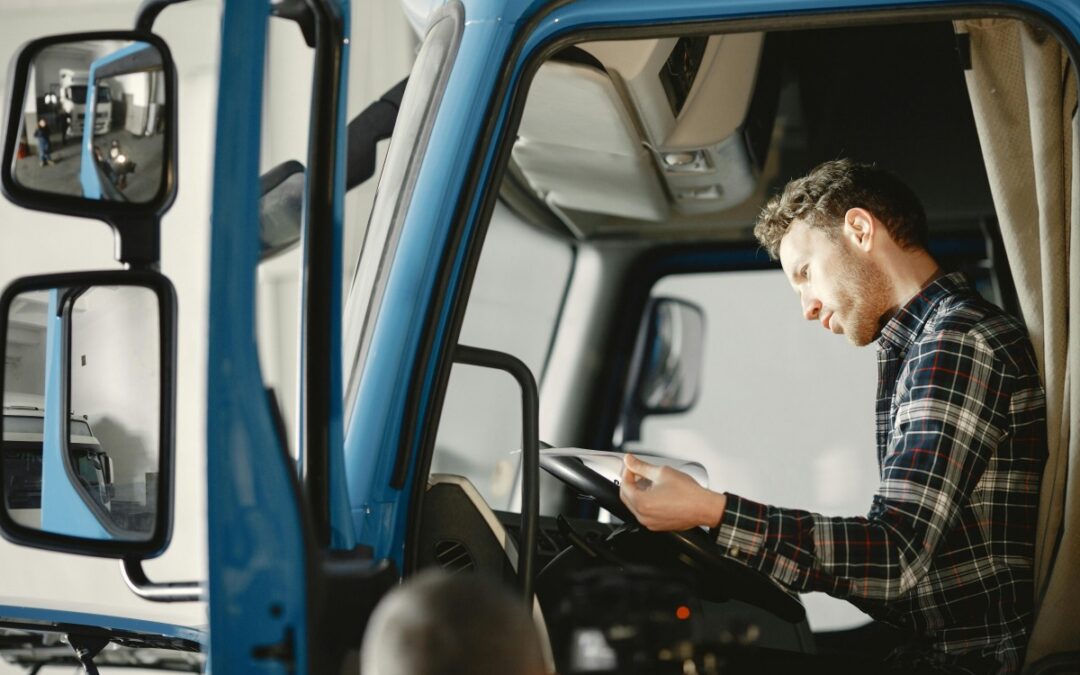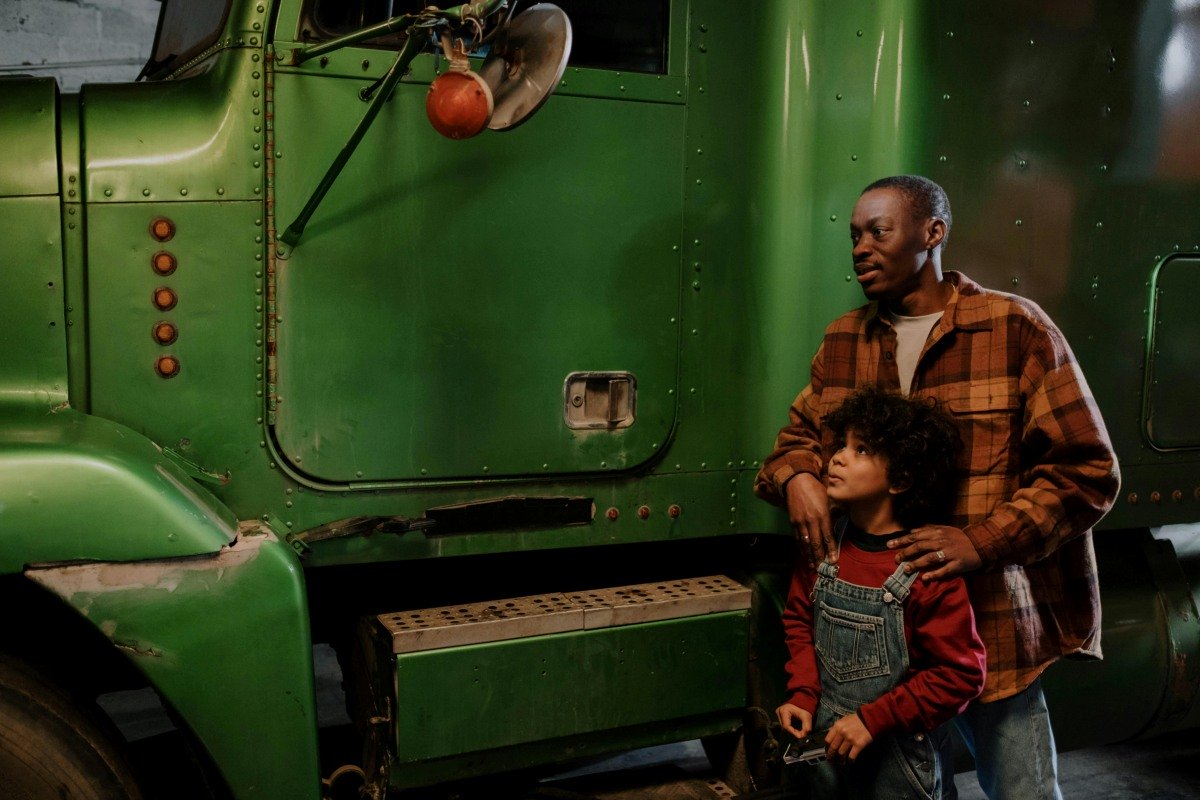 When you’re responsible for keeping freight moving, the semi truck brands you choose become one of the most important decisions you make.
When you’re responsible for keeping freight moving, the semi truck brands you choose become one of the most important decisions you make.
Because your trucks power every load, the right semi truck brand affects uptime, fuel efficiency, driver satisfaction, and total cost of ownership over hundreds of thousands of miles.
Fortunately, Mission Financial Services is here to help. Let’s compare the most trusted semi truck brands and help you evaluate which semi truck manufacturers align best with your business goals.
Why the Right Semi Truck Brand Matters
In the U.S., a concentrated group of heavy-duty truck manufacturers dominates the trucking industry. Freightliner, Western Star, Peterbilt, Kenworth, Volvo, Mack, and International account for nearly all Class 8 sales.
Your choice isn’t just about the badge on the grille; it’s about fuel costs, technology, long-term durability, and the service network supporting your drivers.
Several factors determine whether a fleet thrives or struggles:
- Total cost of ownership. Fuel, maintenance, and downtime have the biggest impact on your operating budget. At highway speeds, a semi truck uses about 65% of its energy to overcome aerodynamic drag, making design and spec choices critical.
- Reliability and uptime. Strong dealer networks and parts availability, such as those from Freightliner, Volvo Trucks North America, and Kenworth, help ensure trucks return to the road quickly.
- Driver satisfaction and retention. A comfortable cab, intuitive controls, visibility, and advanced safety features help drivers stay productive and safe.
- Resale value. Premium commercial truck brands like Peterbilt and Kenworth are known for strong resale performance, which can significantly reduce lifecycle cost.
When comparing all semi truck brands, the goal is to identify the semi truck brand that delivers the highest long-term value for your unique operation.

Top 7 Semi Truck Brands in the U.S.
Below are the most trusted and proven semi truck brands for fleets and owner-operators. Together, these different semi truck brands represent nearly the entire North American heavy-duty vehicles market.
Freightliner
Freightliner, a Daimler Trucks North America brand, leads all semi truck manufacturers in the U.S. market share. The company captured approximately 36.5% of Class 8 truck sales.
As part of Daimler Trucks North America, Freightliner focuses on fuel efficiency and accessible parts availability. Its trucks dominate many long-haul and fleet operations thanks to reliable performance and aerodynamic engineering.
Known for:
- Fuel efficiency and aerodynamics: The Cascadia remains one of the most efficient on-highway trucks, helping fleets reduce fuel consumption.
- Extensive dealer and service network: Parts availability and repair coverage are among the strongest in North America.
- Versatility: Freightliner supports everything from long-haul to regional to medium-duty applications.
Popular models: Cascadia, M2 106.
Best for: Fleets prioritizing fuel economy, uptime, and nationwide service support. When businesses evaluate the best semi truck for coast-to-coast reliability, Freightliner is often the first consideration.
Peterbilt
Peterbilt is one of the most popular semi-truck brands among drivers who want premium comfort, strong resale value, and long-term durability.
Backed by PACCAR engineering, Peterbilt trucks offer high-quality construction, aerodynamic efficiency, and driver-focused interiors for long-term comfort.
Many fleets also choose Peterbilt for its strong used-truck demand, making it a preferred option for owner-operators and growing fleets looking to protect long-term asset value.
Known for:
- Driver satisfaction: Peterbilt trucks are viewed as some of the nicest semi-trucks on the road, with upscale interiors and classic styling.
- Strong resale value: Among all semi-truck brands, Peterbilt trucks tend to retain value exceptionally well in the used-truck market.
- Lightweight, durable construction: Aluminum components help improve fuel efficiency and payload capacity.
Popular models: 579, 389.
Best for: Owner-operators and fleets seeking long-term value, strong resale pricing, and high driver appeal. When evaluating “what is the best semi truck to buy” for long-term ownership, Peterbilt remains a top contender.
Kenworth
Kenworth, also part of PACCAR, is widely recognized for its long-haul performance. Its trucks balance engineering excellence with advanced technology, offering strong uptime and consistent performance in demanding conditions.
In 2024, the Kenworth dealership network reached 490 total locations, including 321 PremierCare Gold Certified dealerships across the U.S. and Canada. These Gold Certified locations are known for extended hours, rapid diagnostics, and are great for fleet uptime.
Known for:
- High durability and uptime. Kenworth trucks are commonly spec’d for long-haul routes where reliability matters most.
- Strong dealer support. Service network depth helps keep repair times short.
- Technology-forward features. Kenworth integrates advanced telematics, driver-assist systems, and fuel-efficient engines.
Popular models: T680, W990.
Best for: Fleets that want a balance of performance and strong nationwide support.

Volvo Trucks
Volvo Trucks North America leads the industry in safety technology. The brand emphasizes advanced engineering, such as the Volvo I-Shift transmission and next-generation safety systems, making it a top choice for long-haul and regional carriers focused on efficiency and driver well-being.
The all-new Volvo VNL reflects the brand’s safety vision and engineering capabilities, including Volvo’s commitment to zero accidents and zero-emissions goals.
Known for:
- Industry-leading safety: Volvo integrates collision mitigation, lane-keeping support, adaptive cruise control, and other driver-assist technologies.
- Cab design and comfort: Drivers consistently rate Volvo as one of the most comfortable semi-truck brands for long-haul work.
- Fuel efficiency: The next-generation Volvo VNL delivers up to 10% better fuel efficiency than the prior model.
Popular models: VNL series, VNR regional haulers.
Best for: Fleets prioritizing fuel economy, driver safety, and driver satisfaction. Volvo is also a prominent example of European semi-truck brands thriving in the North American truck market.
Mack Trucks
Mack Trucks is one of the oldest and most recognizable American semi-truck brands. The company has built a strong reputation around purpose-built vocational engineering, designing trucks that perform reliably in demanding conditions such as quarries and urban refuse routes.
Mack’s focus on integrated powertrains and chassis strength makes it a trusted choice for operations that require consistent torque and uptime in difficult environments.
Known for:
- Rugged vocational performance: Mack trucks, such as the Granite, are engineered for heavy-duty work.
- Strong brand identity: The Mack bulldog remains synonymous with power and durability.
- Versatile lineup: While vocational is the core, the Anthem is a capable long-haul model used on regional and national routes.
Popular models: Anthem, Granite.
Best for: Heavy-duty vocational operations, construction fleets, and businesses carrying heavy loads in off-highway environments.
International Trucks
International Trucks has built its reputation on widespread accessibility and easy truck maintenance. As part of the TRATON Group, International benefits from global engineering resources while maintaining strong North American dealer coverage.
The brand is valued by fleets seeking dependable performance, straightforward serviceability, and flexible specs that work well across diverse applications, without the premium cost associated with some competitors.
Known for:
- Strong dealer presence: International provides broad service coverage and easily accessible parts.
- Versatile applications: Ideal for mixed-use fleets that operate across regional or vocational routes.
- Competitive cost structure: Often chosen by fleets seeking proven performance at lower acquisition costs.
Popular models: LT Series, HX Series.
Best for: Fleets prioritizing affordability, service accessibility, and versatile performance across different types of routes.
Western Star
Western Star is recognized for its highly customizable, heavy-duty engineering that serves some of the toughest trucking environments in North America.
With deep specialization in severe-service and off-highway markets, Western Star designs trucks that can be tailored extensively to meet unique vocational needs – from logging and mining to heavy-haul transport.
Known for:
- Severe-duty durability: Western Star trucks are engineered for some of the toughest environments in the industry.
- High customization: Frames, powertrains, chassis, and configurations can be tailored for unique operational needs.
- Strong vocational focus: Popular in logging, mining, and heavy specialized freight, where strength and reliability matter most.
Popular models: 49X, 47X.
Best for: Specialized freight operators and heavy-duty vocational fleets requiring maximum strength and custom configurations.

Factors to Consider Before Choosing a Semi Truck Brand
Choosing between different semi truck brands requires a close look at long-term operating costs, not just sticker price. The right brand impacts performance, uptime, driver satisfaction, and profitability.
| Factor | Why It Matters |
|---|---|
| Cost of ownership | Fuel, tires, maintenance, and depreciation often exceed the initial purchase price over the truck’s lifecycle. |
| Reliability and maintenance costs | Downtime affects cash flow. Brands with large service networks help reduce repair delays. |
| Fuel efficiency | Leading truck brands improve MPG through aerodynamic cab design, high-efficiency engines, optimized transmissions, weight-saving materials, and smart fuel-management technologies like predictive cruise control and low-rolling-resistance tires. |
| Safety features | Advanced driver-assist systems improve safety and reduce accident-related expenses. |
| Dealer/service network | Local dealer availability impacts how fast trucks return to service after breakdowns. |
| Technology and telematics | Modern fleets depend on diagnostics, remote monitoring, and connected systems for better operational efficiency. |
When you compare all semi truck brands, these are the variables that influence lifetime performance and fleet ROI.
Which Semi Truck Brand Is the Most Reliable?
Reliability depends on how well the truck is matched to its intended use and how quickly service support is available when issues arise.
For example, the “best” semi truck for long-haul operations may not be the best option for construction or heavy-duty vocational work.
Several factors help guide reliability expectations:
- Manufacturer strength: Four major OEMs (Daimler Truck North America, PACCAR, Volvo Group, and TRATON/NAVISTAR) produce nearly all Class 8 trucks in the U.S., giving fleets access to mature engineering, tested components, and established service ecosystems.
- Market share and operator satisfaction: Brands with sustained market share, such as Freightliner and PACCAR (Kenworth/Peterbilt), tend to earn repeat customers because their trucks deliver predictable performance over long duty cycles.
- Dealer support and parts availability: A highly rated truck can still experience extended downtime if reliable service isn’t available nearby. Brands with dense service networks often provide faster repairs and better uptime.
- Vocational vs. long-haul reliability: Some manufacturers, like Mack and Western Star, excel in severe-service environments, while others, like Volvo and Kenworth, are known for long-haul consistency and advanced driver technology.
- Warranty strength and maintenance programs: How a truck is maintained and how quickly warranty work can be completed often influences reliability more than the brand name itself.
Reliability Comparison
The table below outlines how each major semi truck brand compares in terms of reliability, strengths, and typical lifespan expectations.
| Brand | Reliability Strength | Notes on Lifespan |
|---|---|---|
| Freightliner | Large service network and widely available parts | Frequently reaches 650,000–1,000,000+ miles with structured maintenance |
| Kenworth | High uptime and durability for long-haul | Popular among fleets prioritizing long-term performance |
| Volvo Trucks | Advanced safety and diagnostics enhance reliability | Strong driver satisfaction and retention support consistent engine performance |
| Mack / Western Star | Exceptional vocational durability | Best for heavy-duty, off-highway, and severe-service applications |
| International | Practical and easy to maintain | Strong in regional and mixed-use fleets seeking balanced value |
| Peterbilt | Durable builds and high-quality components | Known for longevity and high driver satisfaction, especially in long-haul |
Final Thoughts
Whether your operations focus on long-haul routes, regional distribution, or vocational work, the best semi-truck brand for your fleet will be the one that aligns with your business model, service network, and future growth plans.
Reliable equipment is essential for keeping freight moving, and the right financing can make your upgrade or expansion easier.
Mission Financial Services provides commercial truck loans for owner-operators, small fleets, and growing companies. Flexible financing options make it easier to secure the semi trucks needed for long-term performance and operational stability.
To explore loan options or start the approval process, contact Mission Financial Services today.





























